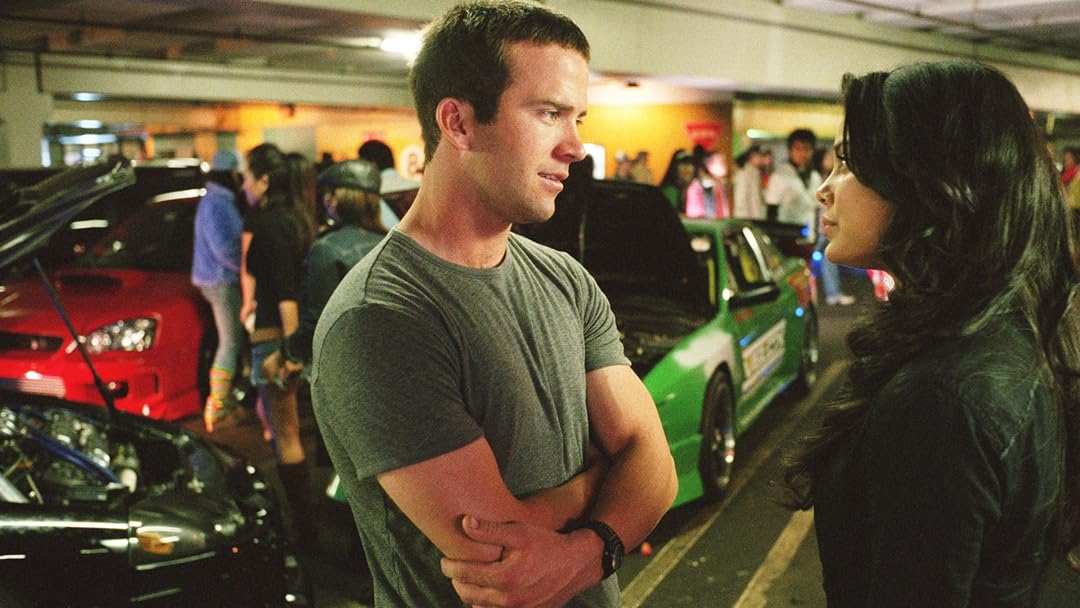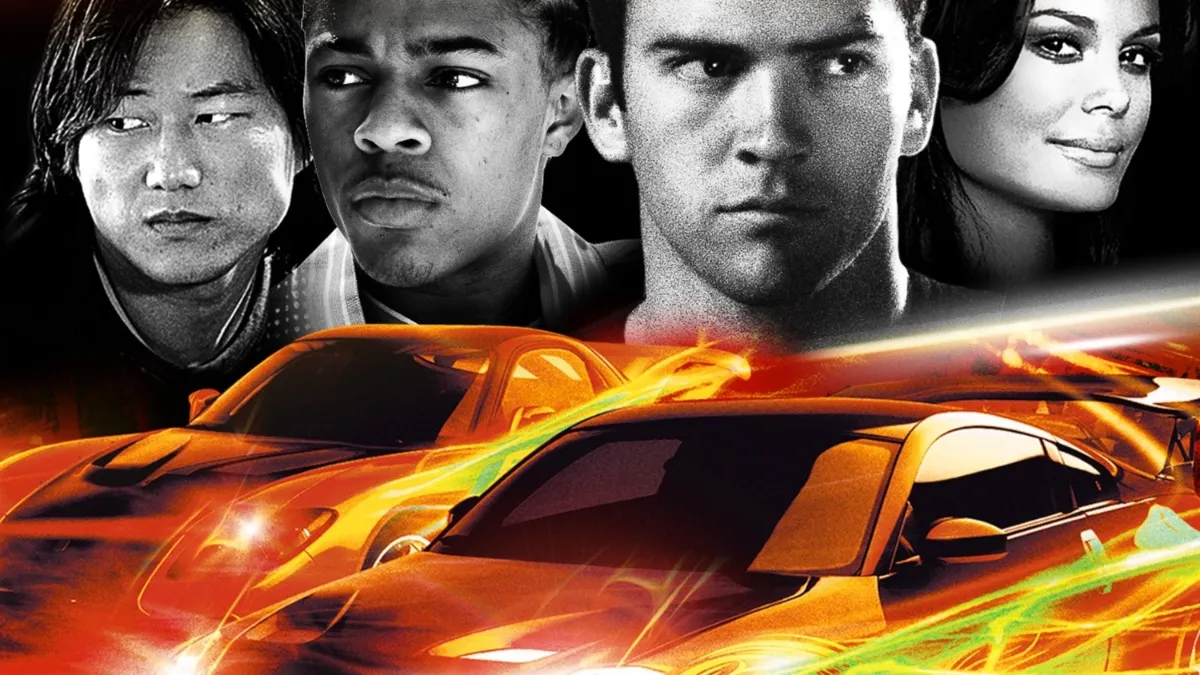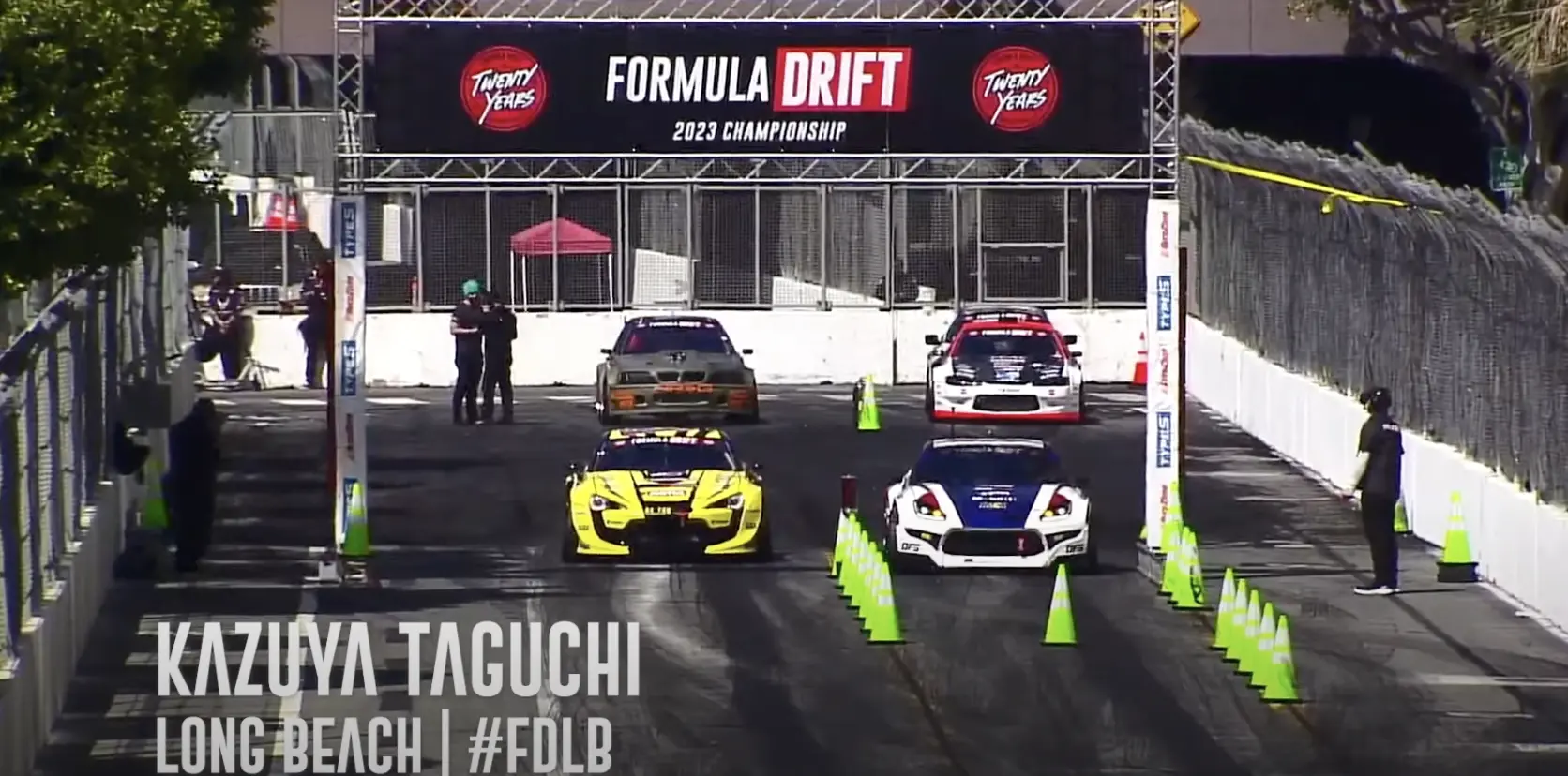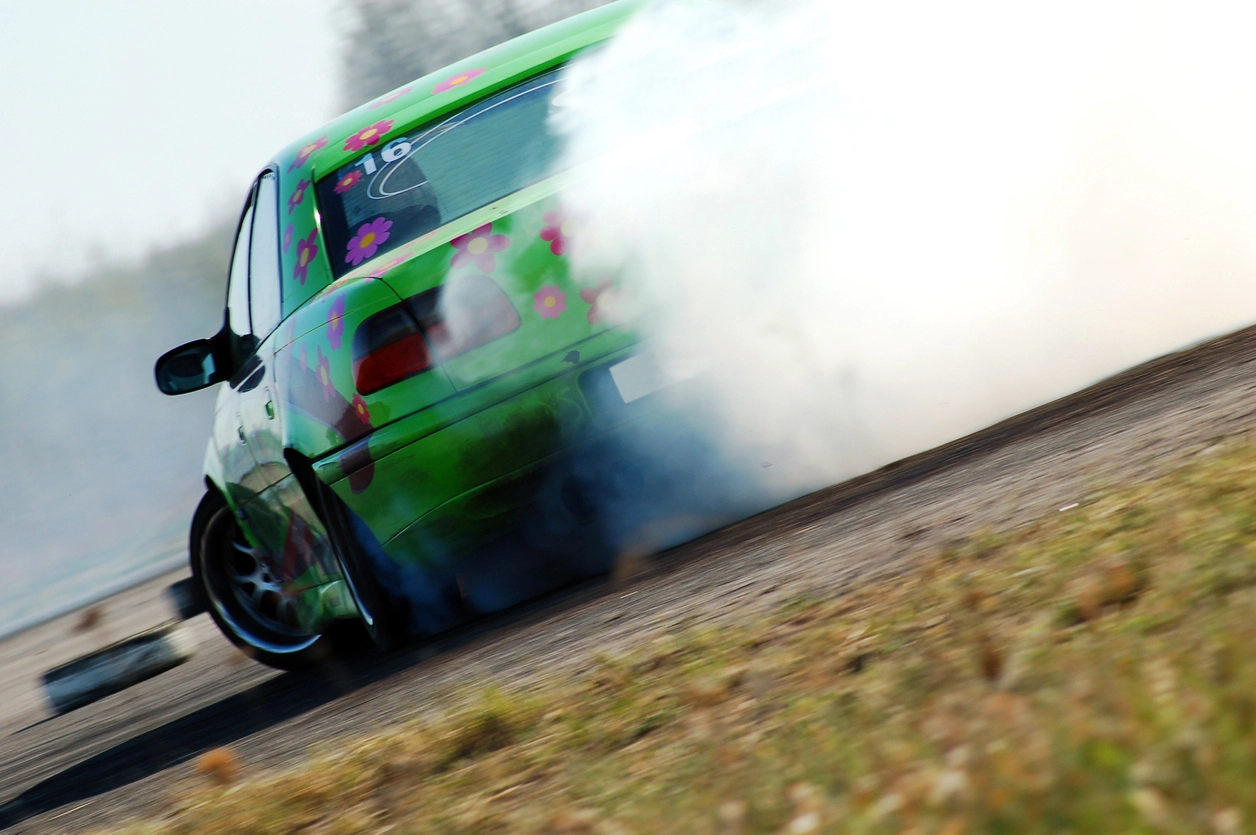About JC Whitney Editorial Team

Meet the JC Whitney Editorial Team, your go-to experts for automotive insights, from in-depth car culture articles to the latest in vehicle tech.
More from JC Whitney Editorial TeamThe Fast & Furious franchise is inarguably an influential force in the world of cars. Whether you’re a seasoned mechanic or you just enjoy watching action films, these movies have influenced the way people think about cars and the world of competitive racing (both the legal kind and the not-so-legal kind), and, let’s face it: they’ve shown us some of the most fun stunts and race scenes involving cars in Hollywood history.

Tokyo Time
It’s no stretch to say the films have cultivated a loyal fanbase over the years, and people who’ve seen every installment carry on debates about which films are the best and which should be forgotten anywhere conversations are had. But in terms of making a material impact on automotive culture, one could argue that one installment of the series in particular stands head and shoulders above the rest for the simple reason that it introduced a generation of viewers to a style of racing they’d never heard of before.
Tokyo Drift is the third film in the series, and upon its release in 2006, it found the franchise itself at a crossroads. Although the two preceding films had been commercially successful and had established the franchise as a viable one, the second film had been critically panned, and although it was anchored by the late Paul Walker, his co-star in the original film Vin Diesel had been conspicuously absent. Both of the first films had focused on characters at an intersection between the world of underground street racing and risky, lucrative heists. The plot in both preceding films revolved around criminal investigations, heightening tension by exploring contradictions its characters are often faced with between what is morally good and what is legally acceptable. Although the third film would certainly take place in the same milieu, its plot was in many ways more straightforward, and more focused on the racing aspect of the story.
Enter Justin Lin, who would go on to direct the next four films in the series. At this point, a creative decision was made to try and inject new life into the series by centering it around an entirely different cast of characters on the other side of the world. Although at the time this move appeared to be revolutionizing the focus of the franchise, it actually ended up establishing two aspects of the series that have now become synonymous with it: an ensemble cast driving cars in far-flung corners of the world.
Chris Morgan wrote the screenplay, marking his first contribution to the franchise, and Neal H. Moritz produced the film. The movie starred Lucas Black as Sean Boswell, a troubled teenager who is sent to live with his father in Tokyo and becomes involved in the underground world of drift racing. He immediately falls in with the eccentric characters who populate this subcultural scene, including Neela, played by Nathalie Kelley, a classmate of Sean’s with a mysterious past. Their entanglement ultimately sets up the forbidden romance that the rest of the plot unfolds around.
Right away, the film echoes some of the tropes of its predecessors—there is a love story, there is impressive driving in service of both winning races and escaping danger, and there are both obsessively tuned imports and good old fashioned American muscle cars on display. These aspects of the story furthered the spirit of the first two installments while also establishing a foundation for later films to build upon.
Tokyo Drift’s box office performance was less impressive than the two films before it in terms of overall numbers, opening weekend, and the ratio of profit to cost, but it still managed to rake in a cool 158 million when all was said and done.
The last sequence of the film also set up the return of Vin Diesel as Dominic Toretto. He pulls up and challenges Lucas Black’s character, the newly minted king of the Tokyo drift racing scene to a race. The cars take off just as the credits begin to roll. This sequence was picked back up later in Furious 7, when Lucas Black was brought back to reprise his role (spoiler alert: we find out Dominic won the race).
Another piece of lasting world building in the film was the arrival of Han Lue, played by Sung Kang, was also introduced in this installment and became a fan-favorite, leading to his return in subsequent films.
In the meta landscape of the series, this film also marked the first collaboration between director Justin Lin and writer Chris Morgan, who would become key figures in shaping the direction of the series. The pair collaborated on Fast & Furious, Fast Five, and Fast & Furious 6, the next three films in the franchise. Morgan would also go on to write two more installments: Furious 7 and The Fate of the Furious.
Driftin’ USA
There’s no doubt that Tokyo Drift made a splash in terms of its impact on the broader Fast & Furious franchise, but to say that was the film’s most meaningful legacy would probably be shortsighted. In an interview with MotorTrend, Tanner Foust, who did a lot of the stunt driving for Tokyo Drift, remarked on the movie’s broader impact.
“Before Tokyo Drift, whenever somebody asked me what kind of racing I did, I had to educate them on what drifting was. People thought it was just hooligans doing smoky burnouts. After Tokyo Drift, it became a household word. I still had to explain what the sport was about and the judging factor, but people knew the definition and related it back to its roots in Japan. It was amazing that one film could educate a generation so completely. We had a lot more competitive drifters drawn into the sport. The movie didn’t glamorize drifting so much as showing how difficult it is and the skill it requires.”
Prior to the film’s release, drifting was a relatively niche motorsport, but the movie brought drifting into the mainstream, showcasing the sport’s unique style and adrenaline-pumping action to a wide audience.
One of the immediate effects of the film was a surge in interest in drift racing among American car enthusiasts. The visually striking and dynamic nature of drifting, as portrayed in the movie, captivated viewers and inspired many to learn more about the sport. As a result, there was an increase in attendance at drift events and a rise in the number of participants in amateur and professional drift competitions.
The heightened awareness and popularity of drifting also led to more support from sponsors and automotive brands, which recognized the potential for marketing and exposure through the sport. This influx of sponsorship helped to further professionalize drifting in the U.S., providing better funding for events, teams, and drivers.
Moreover, Tokyo Drift contributed to the cultural integration of drifting into the American automotive scene. The film’s depiction of the sport as exciting and accessible helped to shift perceptions, making it more appealing to a broader audience. This cultural shift was instrumental in establishing drifting as a legitimate and respected motorsport in the U.S., alongside more traditional racing disciplines.
Later in his interview with MotorTrend, stunt driver Tanner Foust also mentions that making the film got more Hollywood stunt drivers interested in the style of racing. In the film’s iconic car chase scene, the heroes are pursued through busy Tokyo streets and must weave in and out of traffic by drifting. According to Foust the stunt drivers operating the ‘civilian’ vehicles in these scenes became curious about drifting after seeing it firsthand, and began to learn the skill themselves.
There’s no doubt that the credit for making drift racing the sport it is today—with a dedicated worldwide following and no shortage of simulated recreations of it in racing video games—belongs to the pioneers of the sport who were sliding around hairpin turns down mountainsides long before any of us had ever heard the name Dominic Toretto. But even so, Tokyo Drift showcased the precision and appeal of the sport on a massive stage, providing many viewers with their first taste of the racing style—a taste they would ultimately find to be too addictive to give up. And if a single film can deliver a thrilling, niche hobby to more people around the world (while also being very entertaining), what else can we really ask for?



